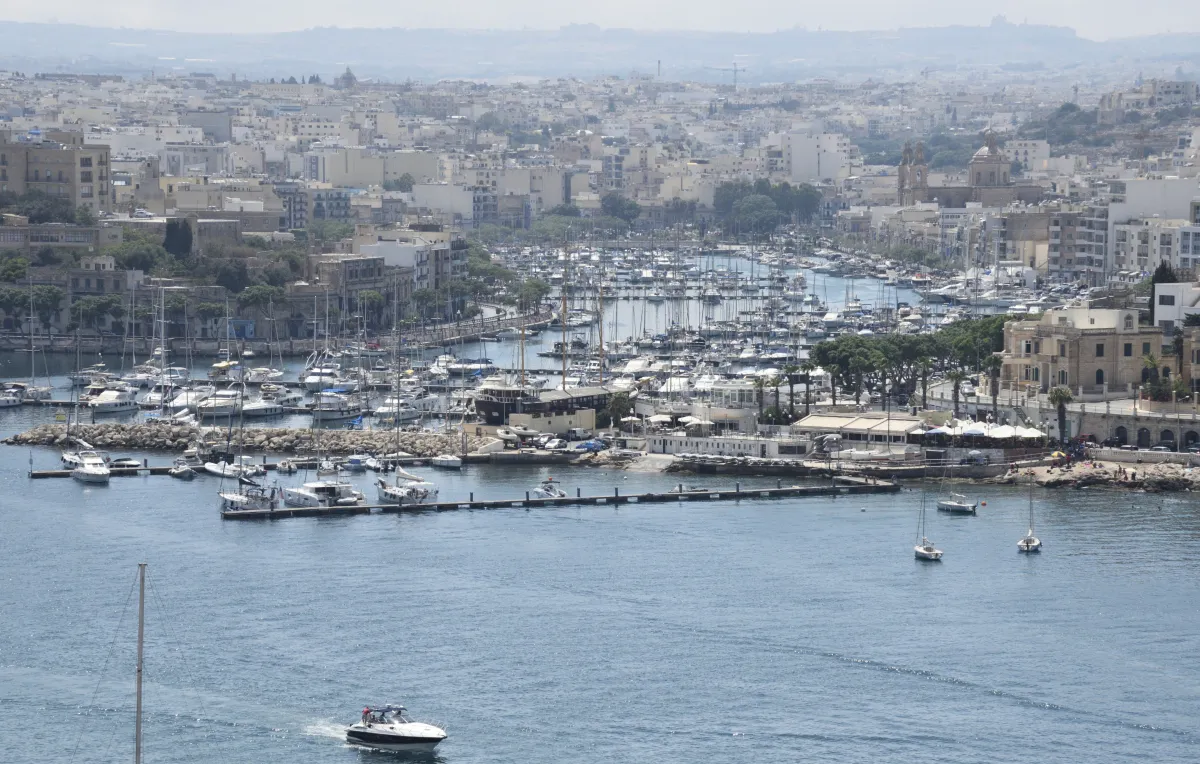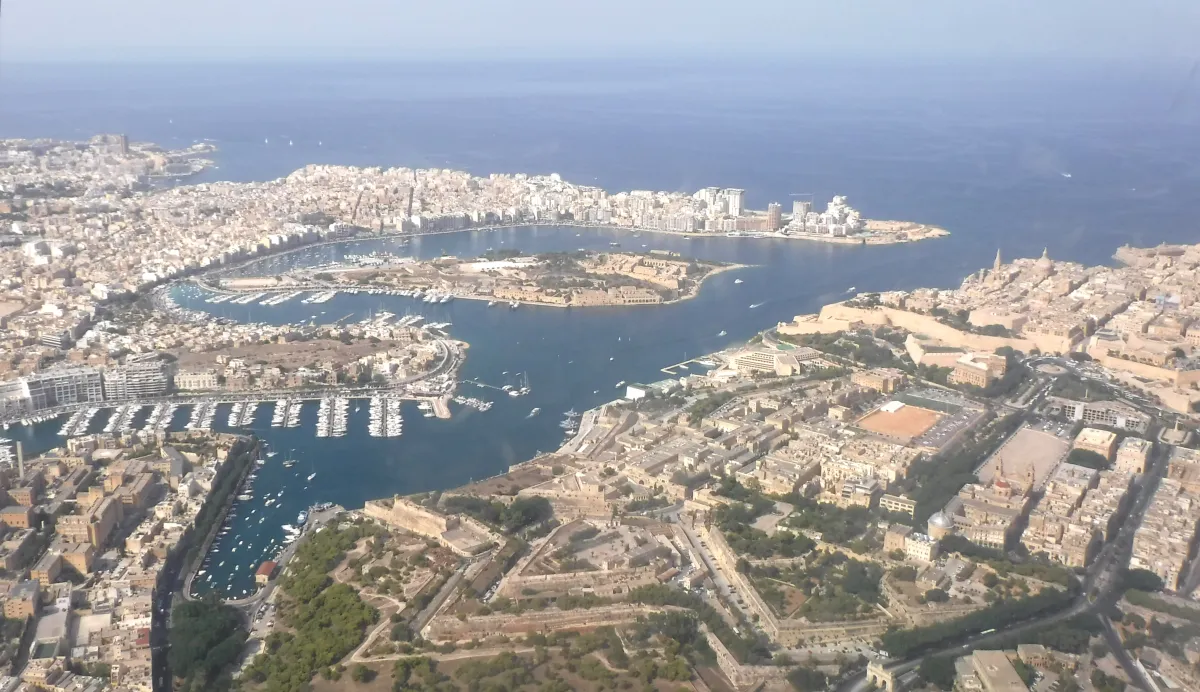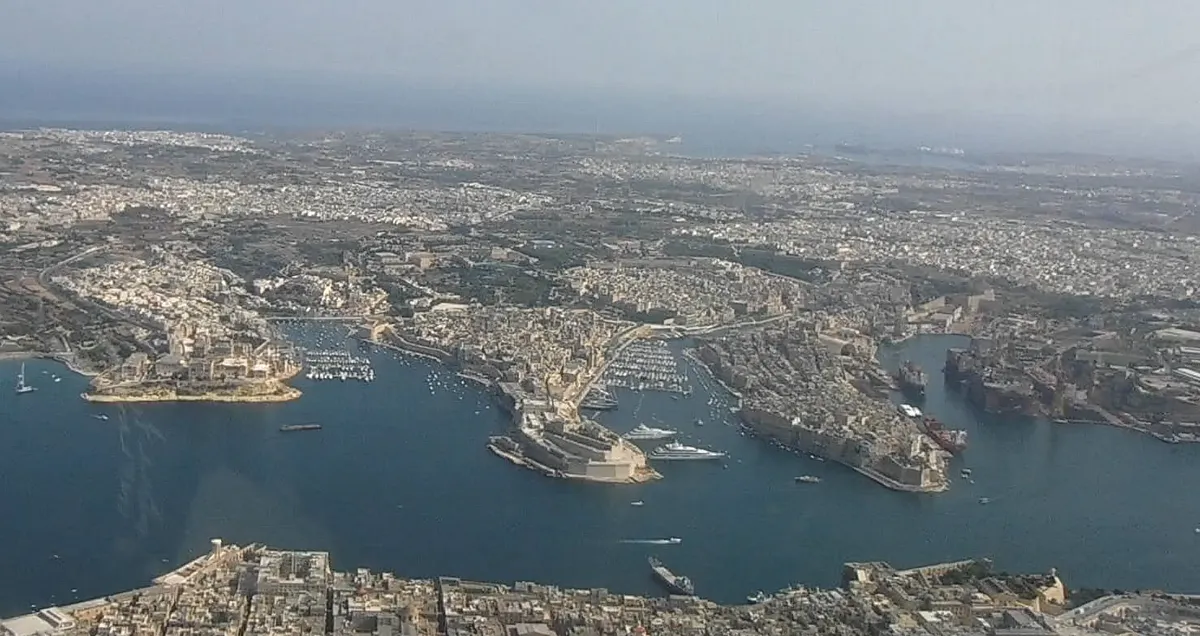The Impact of Yacht Marinas in the Maltese Islands
Economic, Environmental, and Social Perspectives
The Maltese Islands, nestled in the heart of the Mediterranean, have long been a haven for maritime activities. Their strategic location, coupled with a rich history and vibrant culture, makes them an ideal destination for yachting enthusiasts. Yacht marinas, which facilitate the docking, servicing, and provisioning of yachts, have increasingly become an important feature of Malta's coastal infrastructure. While these marinas bring economic benefits and bolster Malta's tourism industry, their impact spans environmental, social, and economic dimensions, all of which merit thoughtful exploration.
Economic Impact
Yacht marinas are a significant driver of economic activity in the Maltese Islands. The presence of well-equipped marinas attracts high-net-worth individuals, who contribute substantially to the local economy through spending on services such as maintenance, repairs, provisioning, and hospitality. Additionally, marinas create jobs in various sectors, including maritime services, tourism, and retail, fostering employment opportunities for local residents.
Malta's appeal as a yachting destination also boosts related industries, such as yacht chartering and brokerage. Companies offering tailored itineraries for Mediterranean exploration benefit from the infrastructure provided by marinas, while luxury yacht manufacturers and service providers see Malta as a hub for business. Revenue from docking fees, harbor dues, and associated taxes further enhances the country’s financial resources.
Moreover, marinas act as catalysts for urban development. Areas surrounding yacht marinas often see investments in infrastructure such as restaurants, hotels, and entertainment venues, creating hubs of activity and increasing property values. For instance, the Grand Harbour Marina in Birgu has contributed to the revitalization of historic neighborhoods, blending heritage with modernity.
Environmental Impact
While yacht marinas foster economic growth, their environmental footprint cannot be overlooked. The construction and operation of marinas often lead to habitat disruption, particularly in coastal and marine environments. Dredging activities during marina development can damage seabeds and displace marine life, while the physical presence of marinas alters water circulation patterns.
Furthermore, the concentration of yachts leads to pollution risks. Fuel spills, sewage discharge, and chemical runoff from maintenance activities pose threats to marine ecosystems. Increased maritime traffic can also disturb fish populations and other marine species, affecting biodiversity.
The Maltese Islands, known for their pristine coastal waters and diverse marine life, face challenges in balancing marina development with environmental conservation. Initiatives such as eco-friendly marina designs, waste management systems, and awareness campaigns play a crucial role in mitigating these impacts. For example, some marinas have introduced systems for collecting waste oil and refuse from yachts, ensuring proper disposal to protect the marine environment.
Environmental Impact Assessment
An environmental impact assessment (EIA) is a critical tool for evaluating the potential effects of marina development on the natural ecosystem. This process involves a systematic review of proposed marina projects, analyzing their impact on factors such as water quality, marine biodiversity, and habitat integrity. EIAs also consider long-term implications, including the cumulative effects of increased maritime activity.
Through EIAs, developers and policymakers can identify potential risks and implement mitigation measures to reduce harm. These measures might include using sustainable construction practices, limiting dredging activities, and employing advanced waste management systems. Moreover, EIAs provide an opportunity for public consultation, allowing local stakeholders to voice environmental concerns and suggest improvements.
By integrating environmental impact assessments into marina planning, the Maltese Islands can ensure the preservation of their unique natural heritage while maintaining their position as a premier yachting destination.
Social and Cultural Impact
The integration of yacht marinas into the Maltese Islands also has social and cultural ramifications. On one hand, marinas enhance Malta's global reputation as a luxury destination, attracting affluent visitors who contribute to international cultural exchanges. Events hosted at marinas, such as regattas and yachting exhibitions, foster community engagement and celebrate the maritime heritage of the islands.
However, the influx of wealth and development associated with marinas can also exacerbate social inequalities. Rising property prices in areas near marinas may displace local residents or make housing unaffordable for lower-income families. Additionally, marinas may monopolize spaces traditionally used by locals for fishing, swimming, or other recreational activities, leading to conflicts over access.
Efforts to balance development with community interests are crucial to ensuring that marinas benefit all sectors of society. Collaborative planning and engagement with local stakeholders can help mitigate social tensions, ensuring that the cultural richness of the Maltese Islands is preserved alongside modernization.
Future Considerations
As the Maltese Islands continue to develop their maritime infrastructure, it is vital to adopt a holistic approach to marina planning and management. Sustainability should be at the forefront, integrating eco-friendly technologies, community involvement, and long-term economic strategies. Policymakers must consider the cumulative impact of marinas, recognizing their importance to tourism and the economy while safeguarding natural and cultural resources.
Key areas for future exploration include the introduction of green technologies, such as renewable energy systems for marina operations, and the use of environmentally sound materials in construction. Additionally, educational initiatives targeting yacht owners and operators can enhance awareness of sustainable practices, fostering a culture of responsibility among marina users.
Conclusion
Yacht marinas represent a dynamic intersection of opportunity and responsibility for the Maltese Islands. Their economic contributions are substantial, bolstering tourism, generating revenue, and driving development. However, the environmental and social impacts they entail require careful management and proactive measures. By prioritizing sustainability, inclusivity, and cultural preservation, Malta can continue to thrive as a premier yachting destination while safeguarding the unique beauty and heritage that define the islands.

Marinas at Gzira and Msida

Expanding Marinas, Marsamxett Harbour

Growing Superyacht Industry catering for larger motor yachts